
Give it Back: Stage Theory (dir. New Red Order). Courtesy New Red Order
Now a quarter-century old, the Museum of Modern Art’s Doc Fortnight has developed into one of the most sharply curated showcases for nonfiction film in the United States. In a climate of festivals fixated on acquiring flashy premieres, MoMA’s programmers instead focus on finding the new and recent titles that interest them most to give New York a taste of the international doc scene. They are adept at splitting their picks between well-known filmmakers (premieres of the latest from Stanley Nelson and Errol Morris bookended this year’s edition), up-and-comers (recent editions have featured the likes of Lance Oppenheim and Shiori Ito), and films that simply intrigue them, that might not otherwise receive much attention. Some of my favorite past Doc Fortnight films played again little or not at all in New York, such as Tali Yankelevich’s My Darling Supermarket in 2020 and Julien Faraut’s The Witches of the Orient in 2021.
Each year also tends to exhibit at least one notable common thematic thread in the programming. The 2021 iteration of Doc Fortnight, for instance, which was one of many online-only festivals that year thanks to COVID-19, came after several years of uprisings around the world. Films about protest, resistance, anticolonialism, and similar ideas figured prominently. Notable such titles included Last Days of Spring, Crisis news is a genre film, Inside the Red Brick Wall, In the Same Breath, Before the Dying of the Light, On a Clear Day You Can See the Revolution from Here, and a presentation by the Indigenous collective COUSIN.
This year, an aesthetic rather than political theme emerged, possibly thanks to the programming team shifting after Sophie Cavoulacos previously oversaw the festival for several years. Many of Doc Fortnight’s picks significantly repurpose existing media to new ends. Going beyond mere invocation of archival sources, these movies actively remix these materials, whether it’s to reexamine the past, recontextualize the present, or both.
An overt example is Eight Postcards From Utopia, directed by Radu Jude and Christian Ferencz-Flatz. Jude, who has become one of the most prominent Romanian filmmakers on the international stage, has made it part of his practice to blend media materials, most prominently in his fiction projects. Bad Luck Banging or Loony Porn (2021) incorporates historical pornographic material into its tale about a teacher hounded after her sex tape leaks. Do Not Expect Too Much from the End of the World (2023) compares what it’s like to drive in Bucharest across the years by splicing in footage from the 1982 film Angela Moves On, and its lead character adopts a comedic persona for TikTok videos that’s based on the one her performer, Ilinca Manolache, devised.
Eight Postcards is a 71-minute supercut of Romanian commercials, taken from throughout the decades since the fall of the Ceaușescu government and the country’s opening up to capitalism. The eight “postcards” of the title are the chapters these ads are sorted into. “Money Talks” consists of ads for banks, lotteries, and investment opportunities, while “Masculine Feminine” collects ads that in some way invoke the war of the sexes, often in an overtly misogynist way. (A man wins the lottery and immediately informs his wife that he’s kicking her out. Another man is looking through the phone book for flowers, but as his wife nags him, he instead thumbs through the pages to look up weapon dealers.) The ads’ progression suggests an increasing sense of desperation overtaking Romanian society amid capitalist rot, with the hope-filled, idealistic TV spots of the early ’90s giving way to ones that bluntly address the post-’08 recession and the contemporary gig economy.
While that film collates hundreds of different sources, others focus on just one, like Ted Kennedy’s B.F. Skinner Plays Himself. In the mid-1970s, a documentary project about the eponymous famous behavioral psychologist was abandoned due to Skinner’s dissatisfaction with it and refusal to continue cooperating with the crew. Kennedy interlaces the footage from that film with various detritus from its failed production, like voiceover outtakes (replete with the narrator stuttering and asking to go again) and images of correspondences between Skinner and the filmmaker expressing his increasing disillusionment with the enterprise. In the same way that Skinner encourages pigeons to turn in circles in his well-known “Skinner box” experiments, the evidence of the clashes between him and his profilers suggests a project lacking direction and spinning in place.
Within Kennedy’s film, the incomplete earlier project becomes a way to comment on Skinner’s increasing ambivalence about his ability to explain human nature. Skinner was uncomfortable with how pop culture drastically simplified his theories, and here we see him both reduced to what a filmmaker had captured of him and how he grappled with his portrayal. Kennedy is uninterested in a biographical statement about Skinner as a person, instead using this friction to explore his ideas about how humans are motivated by simple stimuli. The contrast with Skinner’s complex responses to his own profiling belies his professed scientific ideas.
Behavioral psychology is also at the heart of Courtney Stephens and Michael Almereyda’s John Lilly and the Earth Coincidence Control Office. The neuroscientist John Lilly developed the isolation tank, but his experimental ventures became much stranger over time, particularly as he developed a fixation with LSD and proved that dolphins are sapient. His attempts to bridge human/dolphin communication would ultimately cross multiple ethical boundaries. Stephens and Almereyda tell the story with copious use not just of footage of Lilly’s lab and experiments, but also of the unlikely cultural ephemera inspired by his work—the films Altered States and The Day of the Dolphin, and the classic video game Ecco the Dolphin. The blurring of the fictional and nonfiction elements embodies the psychedelics-fueled breakdown of reality Lilly experienced in his own life over time.
Some of the films transform materials that aren’t originally cinematic. In the short Give it Back: Stage Theory, the collective New Red Order critically scrutinizes panoramas depicting a whitewashed vision of the “Frontier” and Native life from the late 19th and early 20th century. The film disrupts the Manifest Destiny-inspired images with harsh music and text overlays that explain how earth mound structures in the St. Louis area were systematically erased as the city developed, leaving only one, Sugarloaf Mound, remaining. The film repurposes kitsch historical propaganda as a striking political statement. It’s in continuity with the work of the collective’s co-founders Adam and Zack Khalil, who have grappled with ethnographic media and the racism of the archive in projects like Aanikoobijigan [ancestor / great-grandparent / great-grandchild], which follows Native repatriation specialists.
The relationship between geography and cinema is also explored in Henry Fonda for President, a three-hour essay film in which Alexander Horwath goes on a road trip across America, refracting the country’s history through the life and work of Golden Age Hollywood icon Henry Fonda. Fonda often played roles in historical settings, from a young Abraham Lincoln in Young Mr. Lincoln to the lead in The Grapes of Wrath. Horwath contrasts the idealized portrait of America that Fonda exemplified with the much knottier real history that took place across these milieus, with the divergence becoming especially pronounced once Fonda’s erstwhile colleague Ronald Reagan took control of the White House and imposed a very different set of American values on both society and the world. This is Horwath’s filmmaking debut, and his background in academia—he is a critic, curator, and one-time head of the Austrian Film Museum—is evident in the film’s scholar-like rigor and tone.
Possibly the hardest-to-define feature at this year’s Doc Fortnight was Lou Ye’s An Unfinished Film. Lou stands out among other Sixth Generation Chinese filmmakers for the frequency with which he’s run into trouble with state censorship (this is a Singaporean/German co-production, likely to avoid any suppression for its critical take on COVID protocols and surveillance). This story is fiction, following a film crew that’s reunited to complete an abandoned project after 10 years, only to find themselves quarantined in their hotel, as they’re in Wuhan at the onset of the COVID-19 pandemic. The clips of the film within the film, though, are from Lou’s actual earlier work, such as 2000’s Suzhou River and 2009’s Spring Fever. The cast is full of Lou’s regulars, such as Qin Hao, and their appearances in those older films are recast here as documents of their characters’ pasts (just as they are for the actors in real life).
Lou further blends the fiction/nonfiction boundary with the use of real CCTV footage of the early lockdown days. The mixing of media is also part of the film’s construction; in one scene, an actor and his wife speak on a video call, with the screen not only split to show them both, but with the audio also playing from both their ends, meaning their voices echo as they speak. That eerie effect perfectly captures the surrealness of the massive paradigm shift brought on by the COVID quarantine.
This does not even touch on the films in Doc Fortnight’s 2025 program that use archival elements more traditionally, such as Blum, CHAOS: The Manson Murders, or We Want the Funk! Altogether, this year’s program works as a primer on the many ways modern documentary can fruitfully interface with documentary materials from the past. An archive can be more than just a resource; it can be an active medium for creativity.
Dan Schindel is a freelance critic and full-time copy editor living in Brooklyn. He has previously worked as the associate editor for documentary at Hyperallergic.




